The Afterlife of the MET Gala: Which Looks Deserve the Archive
why only preserve the work of the greats and not immortalize the talent of the now?
First Monday, Forever
Each year, the Met Gala unfolds as a spectacle — a theatrical parade of haute couture and avant-garde statements, staged atop the steps of the Metropolitan Museum of Art. But once the lights dim and the carpets are rolled away, a question lingers in the wake of its glamour: which looks will outlive the night and enter fashion’s historical canon?
The Met Gala, beyond its performative excess, functions as a living archive of the contemporary fashion zeitgeist. It is a platform where designers push the boundaries of silhouette, materiality, and cultural reference — often in direct dialogue with the Costume Institute's annual exhibition. But unlike traditional runways, the Gala operates in the liminal space between fashion, performance art, and museology. In this context, certain garments transcend their red carpet moment and enter into what we might call fashion’s "afterlife": the realm of preservation, study, and future exhibition.
In the lineage of archival-worthy Met Gala looks, we might recall Rihanna’s 2015 Guo Pei imperial yellow cape — a garment monumental in construction and cultural commentary that now resides in the fashion canon. Or Cardi B’s 2019 Thierry Mugler look, a sweeping, padded black gown with lilac tentacle-like openings that resemble a flower in bloom, echoing notions of fertility, glamour, and sacred iconography. These are garments not only visually arresting but conceptually rigorous. They are sculptural, symbolic, and demand contextualization — precisely the kinds of pieces that deserve to be preserved within institutional collections.
Looking into the upcoming MET Gala’s Superfine: Tailoring Black Style - I beg the question: which previous MET Gala looks are worthy of the Costume Institute Archive?
Mona Patel Has Wings To Fly
A lesser-known guest turned instant icon, Mona Patel arrived at the 2024 Gala in a kinetic, sculptural dress that blurred the lines between fashion, technology, and performance art. A custom creation by Iris van Herpen, working within the idiom of computational couture, the dress unfurled in motion, its floral and metallic forms expanding like living architecture. Not to mention, her arms were fitted with electronic wings that fluttered as she moved down the carpet.
This look epitomizes the movement toward fashion as immersive experience — couture not just as form but as function, interaction, and spectacle. It also signals the rise of new technologies in garment construction, merging traditional handcraft with digital innovation. The piece deserves archiving not only for its craftsmanship, but as a cultural artifact of a moment when technology and fashion began to evolve into a shared visual language.
Tyla in Balmain’s Sand Sculpture
Tyla’s 2024 Met Gala look,a custom sand-textured gown by Balmain, embodied both spectacle and transience. Tyla’s custom gown was sculpted to mimic sand slipping through an hourglass, aligning hauntingly with the Gala's “Sleeping Beauties: Reawakening Fashion” theme. The dress was described as a reflection on "the sands of time", a motif literally embedded in its form and fabrication.
To realise this illusion, Balmain's atelier used a combination of sand, microcrystals, and resin, meticulously hand-molded directly onto Tyla’s body, resulting in a gown that was more cast than sewn. The process required several fittings and an intensive labor period that blurred the lines between body sculpture and garment. The bodice, draped asymmetrically, suggested erosion — a slow disappearance — while her hourglass contours served as a visual pun and thematic anchor.
Crucially, the dress was so fragile that Tyla had to be carried up the stairs, and it was later dismantled so she could sit, suggesting an ontological paradox: a dress designed to be remembered, yet impossible to preserve in its original state.
From an archival perspective, Tyla’s dress raises compelling questions: Should fashion that is deliberately impermanent be preserved? And if so, how — through digital scans, casts, or photographic documentation? The Balmain gown enters the canon not through durability, but through its embrace of decay, positioning itself as a radical experiment in fashion as performance and vanishing sculpture.
Taylor Russell’s Wooden Bodice
Taylor Russell’s 2024 Met Gala ensemble — a sculptural wooden corset by Loewe’s Jonathan Anderson, paired with a crushed white silk skirt and matching gloves — was a masterclass in surrealist minimalism and materials innovation. Inspired by both classical statuary and contemporary design, the corset mimicked carved wood, yet was sculpted from painted resin — a gesture that questioned where the body ends and the garment begins.
The look reflects Anderson’s ongoing exploration of form, fragility, and objecthood. The corset was molded to Russell’s exact proportions, resulting in a bodice that was both armor and illusion..
The Delphos sculptures inspired silk skirt acted as an emotive counterpoint — soft, slumped, and intentionally unstructured — evoking Loewe’s legacy of quiet surrealism and the kind of corporeal elegance that refuses rigidity.
In archival terms, this look deserves preservation as a contemporary artifact of fashion’s sculptural turn — an investigation into the ways bodies are idealized, abstracted, and re-materialised in couture. Russell didn’t just wear fashion; she became an object of art history in motion.
Blake Lively’s Homage to Gilded Glamour
Blake Lively’s 2022 Met Gala gown, created in collaboration with Atelier Versace, remains one of the most theatrically resonant and architecturally referential looks in recent Met history. Designed to respond to the evening’s theme, “Gilded Glamour,” the gown functioned as both costume and kinetic art object — a sartorial ode to New York’s Statue of Liberty, Grand Central Station, and the Empire State Building.
The first iteration of the gown — a rose-gold column with copper beading and embroidered motifs — referenced the original patina of the Statue of Liberty upon its arrival in 1886. Then, in a dramatic moment on the steps of the Met, the overskirt unfurled to reveal a celadon-green train, mimicking the statue’s current oxidized surface. The train itself featured celestial constellations drawn from the Grand Central ceiling mural, further embedding the garment in American mythos.
From a craftsmanship perspective, the gown was hand-embroidered, crystal-encrusted, and constructed using metallic lamé, duchesse satin, and tulle — materials requiring expert manipulation to execute the precise draping and engineered transformation.
What makes this gown archival is not just its grandeur but its interplay between temporality and permanence: it doesn’t just reflect on the Gilded Age; it performs it. In doing so, it speaks to fashion as architectural memory, rendering the city’s monuments mobile, feminine, and embodied.
Gigi Hadid’s Cascading Florals
At the 2024 Met Gala, Gigi Hadid wore a custom Thom Browne ensemble that exemplifies the intersection of craftsmanship, surrealism, and fashion as contemporary art. While couture has long been the standard for the Met Gala’s elite attendees, Hadid’s look went beyond expectations — it was a feat of sartorial labor and precision, anchored in an almost operatic level of detail.
The ensemble consisted of two pieces: a sleek, white, form-fitting column gown adorned with a single yellow rose, and a sweeping overskirt and train designed in the shape of a tuxedo jacket, slipping provocatively down the hips — a nod to Browne’s signature gender play. This silhouette, equal parts elegance and subversion, blended haute couture with a sculptural, semiotic layering of garment and meaning.
But it was the construction process that elevated this look into archival territory. The dress was embroidered with 2.8 million micro bugle beads, shimmering with Hadid’s every movement. The beading alone required 20 artisans over 5,000 hours, while the intricate overskirt and train — bursting with thorny vines, yellow roses, and black duchesse satin trim — demanded the labor of 40 additional artisans over 8,500 hours. In total, over 70 individuals contributed to the garment’s design and realization. Five handlers were required to maneuver the train throughout the evening, a testament to both the dress’s architectural scale and fragility.
This gown, situated between opulence and artifice, references Victorian mourning garb, American tailoring, and even celestial symbolism in its constellation of beaded motifs. It also speaks to the archival question of labour visibility — the preservation of not just the final object, but the stories, hours, and hands that shaped it. The tension between visibility (of the beadwork) and concealment (of the body beneath the theatrical overskirt) invites comparison to sculptural practices, where interior structure and outer form constantly negotiate meaning.
As such, Hadid’s look is not merely a fashion statement but a material archive in motion — one that deserves preservation not only for its technical triumph, but for the dialogue it prompts between fashion, femininity, performance, and labour.
Kendall Jenner’s Dyed her Eyebrows for Prada and an Homage to Audrey Hepburn
For the 2022 "Gilded Glamour" theme, Kendall wore a custom Prada black two-piece ensemble — a cropped satin top with dramatic black tulle sleeves and a voluminous silk faille skirt. The skirt, voluminous and structured, was reminiscent of Charles James and Cristobal Balenciaga. The look, though minimal in color, was maximalist in silhouette.
This gown deserves archival consideration for its formal balance: it fused historical silhouettes with contemporary restraint, offering a modernist counterpoint to the over-embellishment of the evening. It also exemplifies how volume and absence — through negative space and pure form — can constitute a statement as powerful as decoration.
A nod for Cristobal Balenciaga and Velazquez’s Las Meninas perhaps?
Jenner’s sheer crystal-embellished gown for the same Met Gala — an homage to Audrey Hepburn’s gown — reinterpreted the romanticism of the 1960s through a modern, minimalist lens. Designed by Matthew M. Williams for Givenchy, the look took over 2,500 hours to construct, featuring a choker-like neckline, puff sleeves, and over 40,000 crystals hand-applied across the tulle fabric.
Where Hepburn’s original gown was heavily structured, Jenner’s version embraced a diaphanous sensuality. It blurred the boundary between homage and reinterpretation, fashion history and living memory — a living archive of cinematic couture that speaks to the continuity of fashion as cultural narrative.
Dressing for Legacy
The red carpet may be fleeting — a few minutes of flashbulbs, commentary, and cultural noise — but certain garments refuse to vanish into ephemerality. Instead, they enter the archive: a space of pause, preservation, and critical reflection. In the afterlife of events like the Met Gala, fashion transforms from spectacle to study, from moment to monument.
Garments of exceptional creativity, technical virtuosity, and cultural resonance are increasingly finding second lives in museums, publications, and digital repositories. The Costume Institute at the Metropolitan Museum of Art, in particular, plays a pivotal role in re-contextualizing fashion as a legitimate cultural artifact — worthy of scholarly inquiry and conservation. Each exhibition reframes the narratives around dress, elevating it from mere adornment to a language of identity, power, fantasy, and resistance.
When looks like Rihanna’s Guo Pei cape or Blake Lively’s architectural Versace gown enter public memory through exhibitions or archives, they are no longer just “looks.” They become case studies in craftsmanship, performance, and the semiotics of dress. The archive thus becomes a space where fashion is not only preserved but canonized, contributing to an ever-evolving dialogue between body, image, and form.
In this sense, archiving becomes a commitment to remembering not just what was worn, but why it mattered.
The Met Gala may begin as an evening of fashion, celebrity, and spectacle, but its deeper significance lies in the possibility of legacy. Some garments are destined to fade — products of trend or publicity. But others, crafted with conceptual clarity and painstaking detail, echo far beyond the moment. They inscribe themselves into history, deserving to be studied, revisited, and reinterpreted.
So the question arises:
Is every Met Gala look meant to live forever? Or do only those rich in narrative, sculptural in form and nature, radical in vision, and meticulous in execution earn their place in the archive?


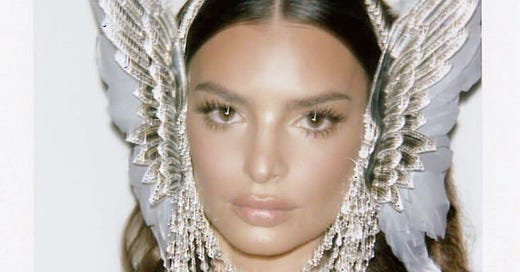



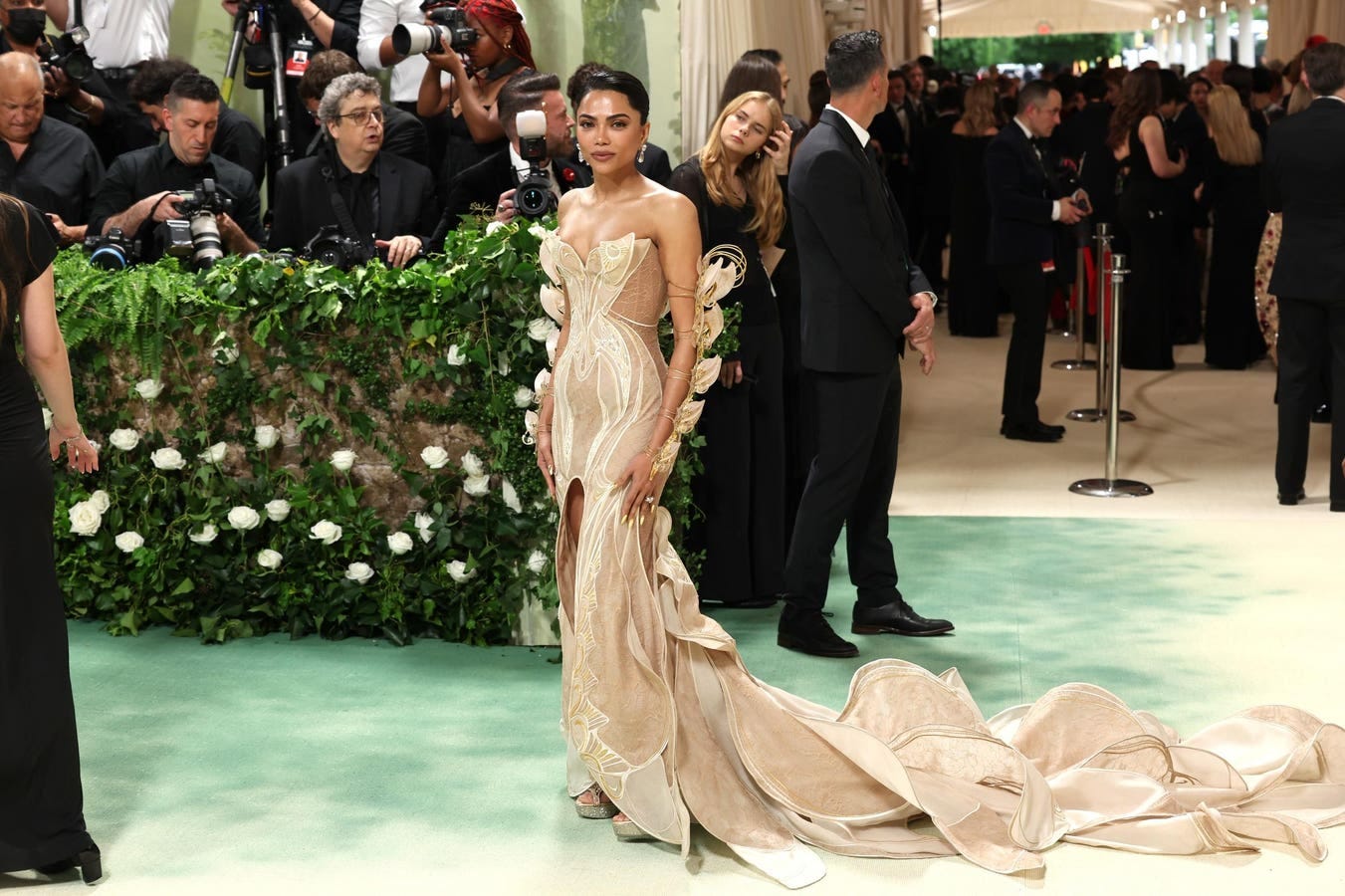
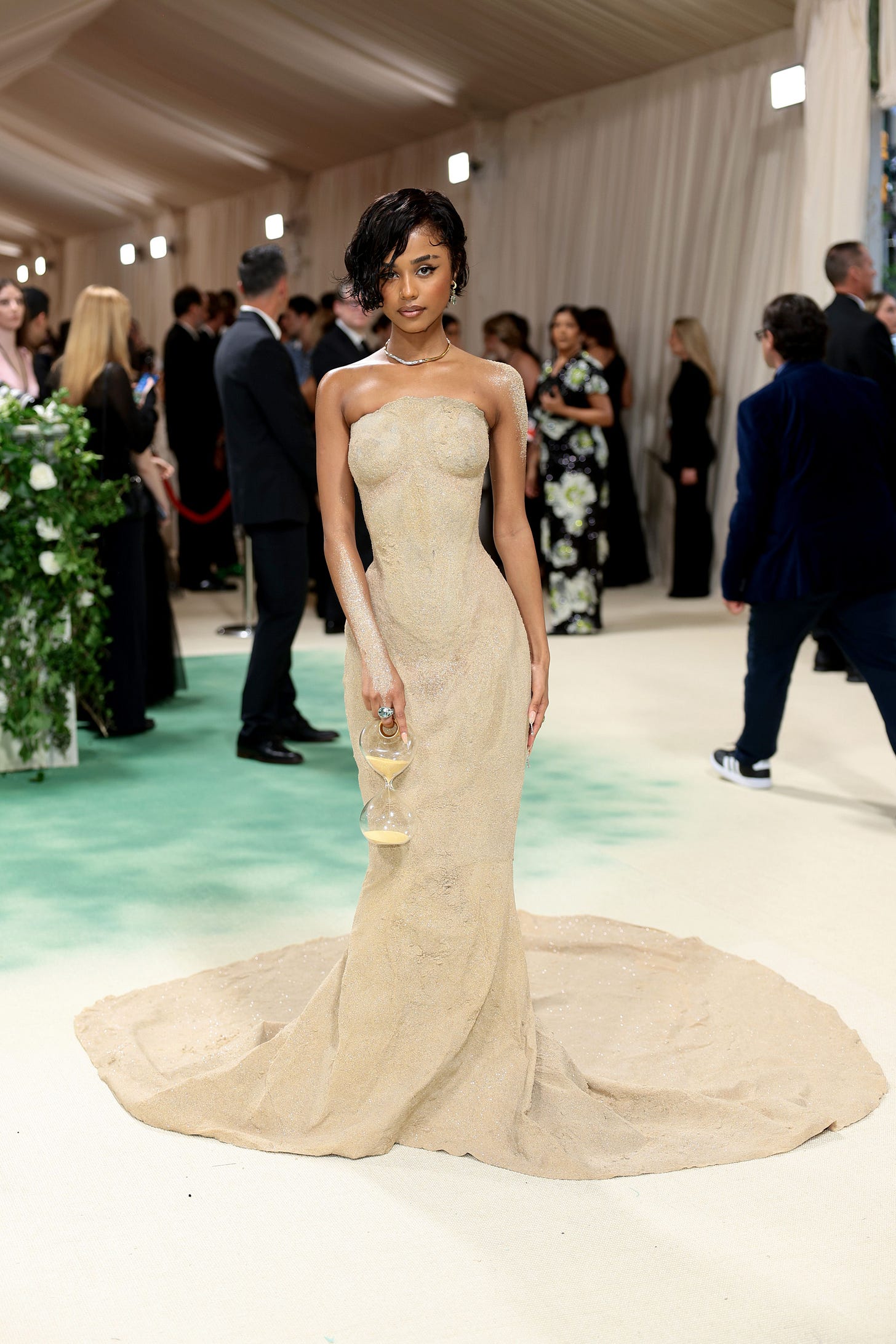
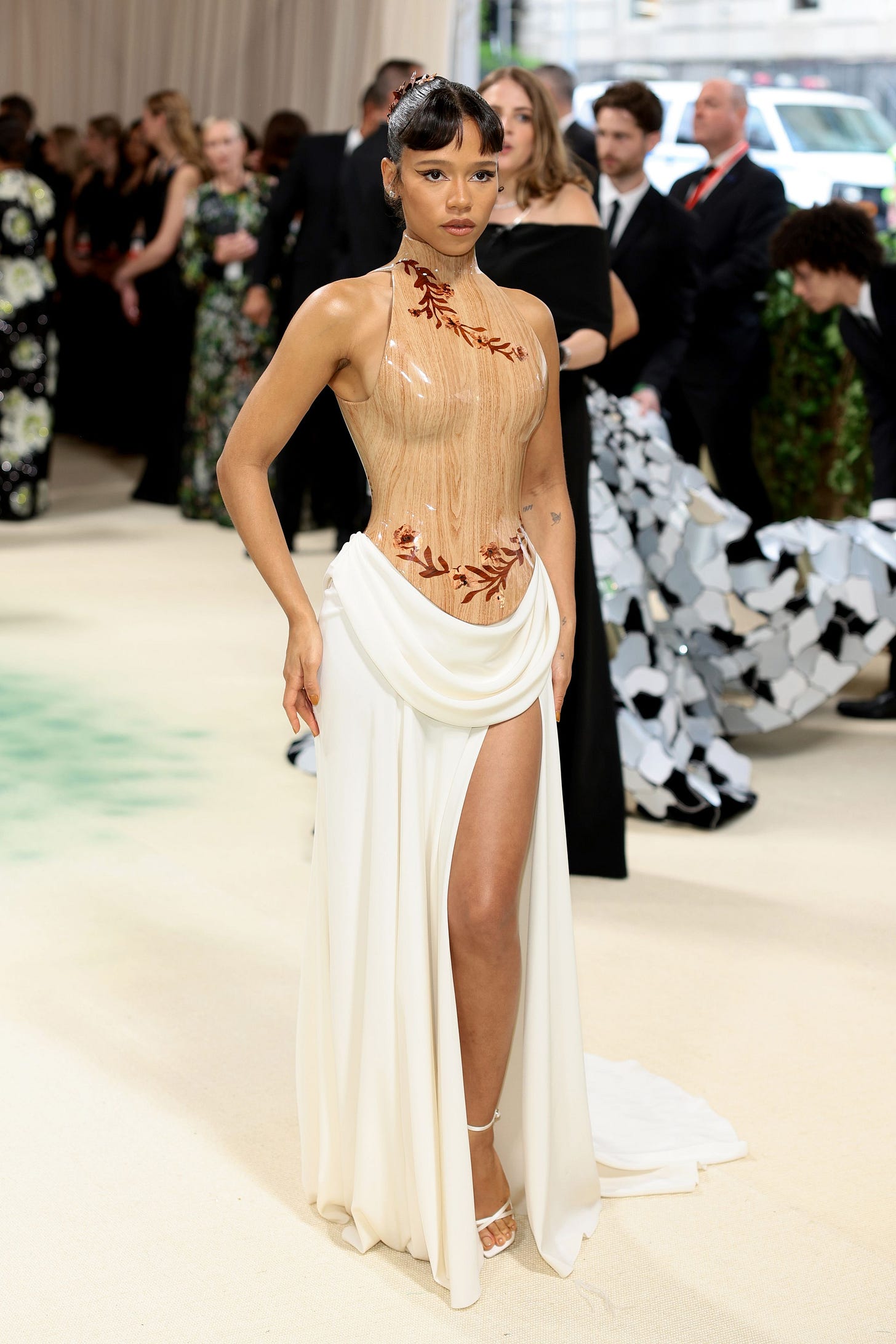

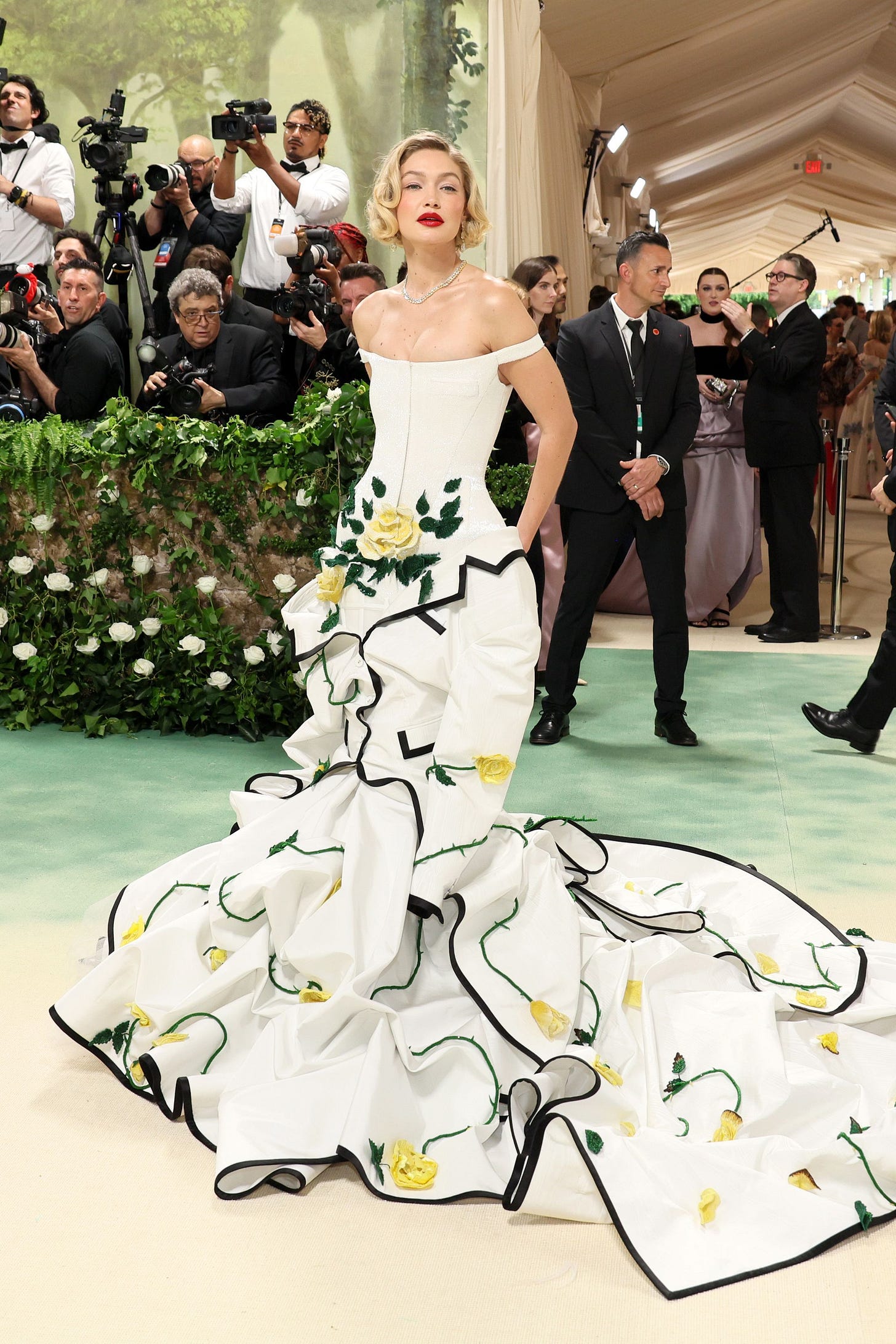
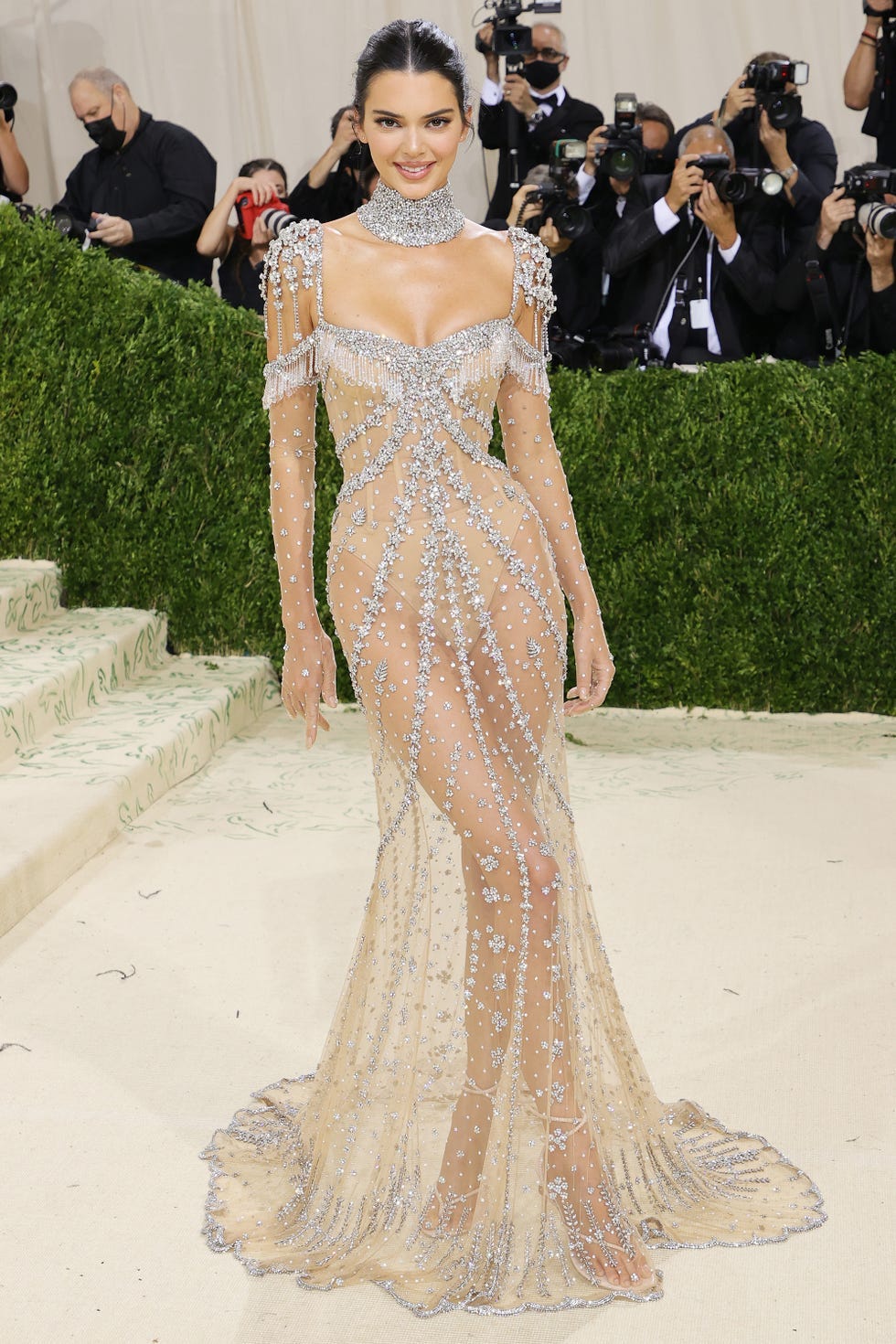
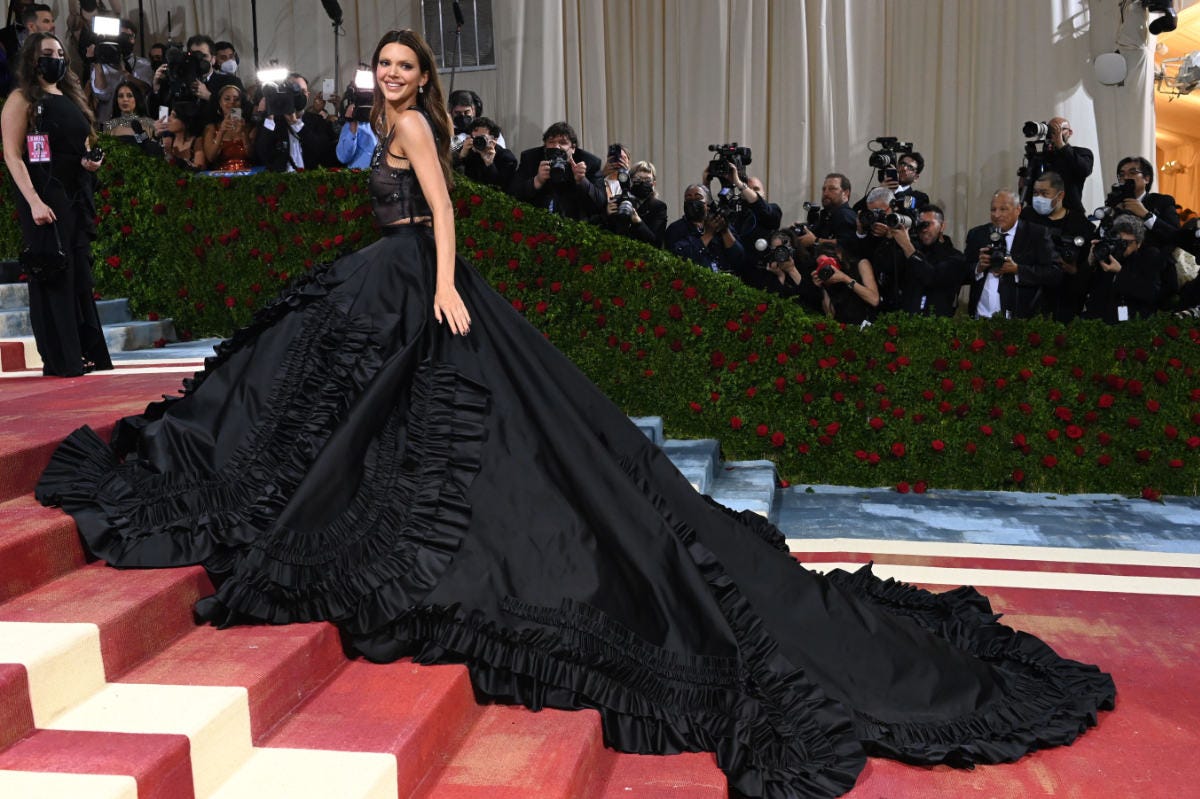
Yes, I love that https://substack.com/@bawdipus/note/c-109854690?r=4jgfny&utm_medium=ios&utm_source=notes-share-action
https://substack.com/@dukelott/note/c-109597000?r=5h1xth&utm_medium=ios&utm_source=notes-share-action